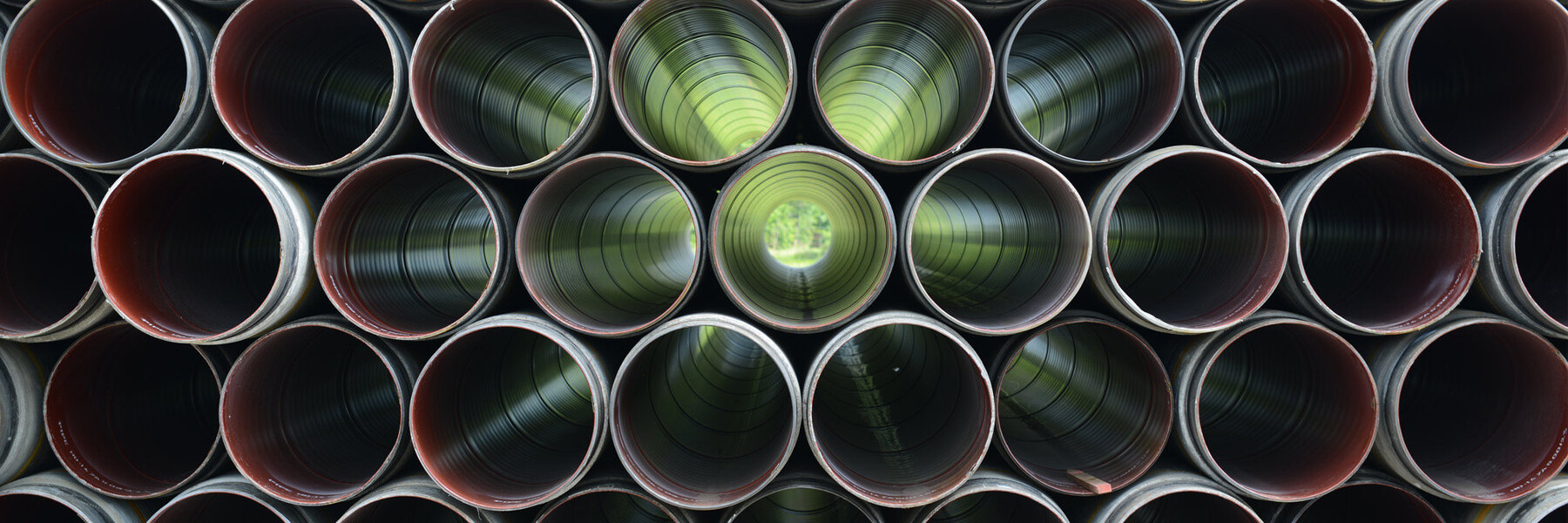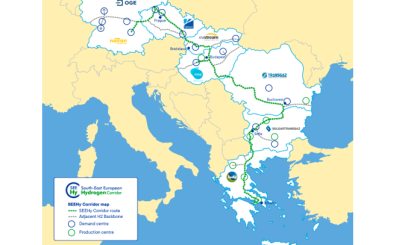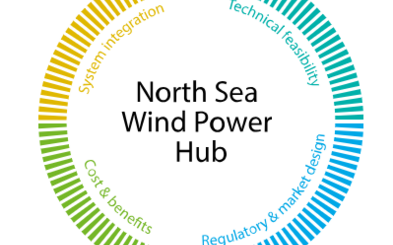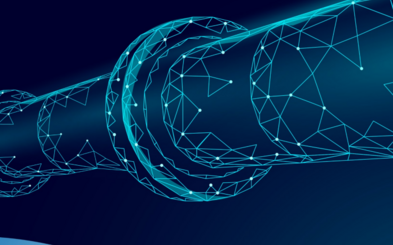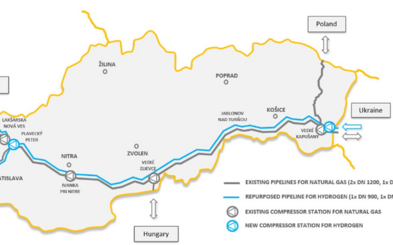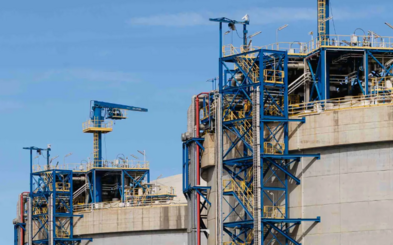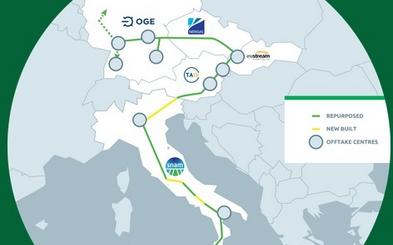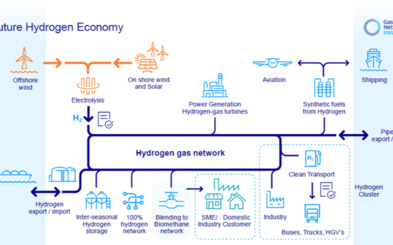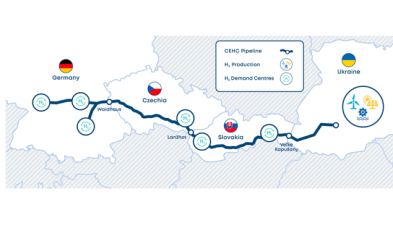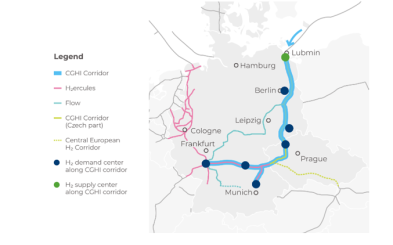INNOVATIVE PROJECTS PLATFORM
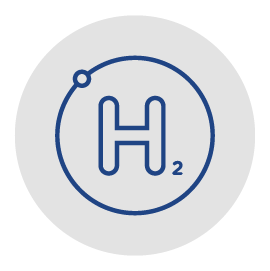
Hydrogen
Hydrogen can be produced by various process technologies. Hydrogen can be obtained from natural gas through a steam reforming process or a methane pyrolysis process; produced by splitting water into hydrogen and oxygen via electrolysis or via gasification process, by converting solid fuel (coal or woody biomass) to hydrogen. Hydrogen can also by produced through anaerobic digestion, converting wet biomass to hydrogen. Hydrogen can be utilised directly as fuel or, depending on the application, blended with natural gas.
Hydrogen production from RES-based electricity in power-to-gas facilities or from other fuels in combination with CCS contributes to the decarbonisation of the energy system.
DESFA, Bulgartransgaz, Transgaz, FGSZ, eustream, NET4GAS, OGE, NaTran Deutschland
South-East European Hydrogen Corridor
SEEHyC initiative aims to establish a hydrogen interconnector linking high-potential hydrogen supply areas in South-East Europe with expected high-demand clusters in the EU, primarily in South Germany and North Bohemia. Additionally, it will connect local suppliers and consumers along the corridor. The pipeline will span over 3,000 km, enabling the transmission of renewable and low-carbon hydrogen. According to the ongoing pre-feasibility study, the project aims to be operational by 2030, with a minimum transport capacity of up to 80 GWh of hydrogen per day, or approximately 0.8 million tonnes per year.
Contact: karin.stehlik@net4gas.cz
Energinet, TenneT, Gasunie
North Sea Wind Power Hub
An opportunity for internationally coordinated, large scale, far offshore wind energy from the North Sea. An opportunity which would deliver energy at competitive prices around 2030 and facilitate meeting the Paris agreement. We are committed to explore and develop regional socio-economic beneficial and reliable offshore infrastructure, including possible conversion into P2G, that supports wind farm operations and interconnections between markets. Average daily production of H2 is 30 GWh/d.
Contact: Martin Graversgaard (mgn@energinet.dk)
DESFA S.A.
SmartSwitch project
H2 injection impacts major gas parameters, including pipeline pressure drop, flowrate, velocity, and most importantly, composition, GCV and Wobbe index, therefore prior to H2 addition to the grid, the installation has to achieve that the resulting blend will satisfy gas parameters. The above will be controlled by a smart hydrogen injection and operation system, which will keep hydrogen percentages at certain levels, while also deblending solutions will be applied for consumers with special needs in fuel purity.
eustream, a.s.
Adjustment of existing eus pipeline SK-HU
Adjustment of the line of the transmission system for transmission of 100% H2 between Slovakia and Hungary will create possibility for H2 transmisson in the North -South direction. Project is part of the Slovak Hydrogen Backbone and the SEEHyCorridor inititative. Eustream has been conducting informal market survey. Close discussions with potential H2 producers and offtakers have resulted in conclusion of several Letters of Support or Memorandum of Understanding confirming their support to and interest in the Project implementation.
PLINACRO Ltd.
SAVA aquifer CO2 transmission
Besides directly reducing the CO2 emission, the project will also enable CO2 neutral production of H2 in a transitional period until the full decarbonisation is achieved when the production of H2 will be carried out entirely from the renewable energy through electrolysers. The location and the capacities of CO2 storing enable, if proven to be economically justified, receiving and storing of CO2 from the neighbouring EU countries (SLO, HU) and Energy Community countries (SER, B&H). Project enables the collecting and receiving CO2 from the Zagreb and Sisak-Moslavina area for storing in the central and western Sava aquifer and in the depleted oil and gas fields in that area.
Contact: PLINACRO
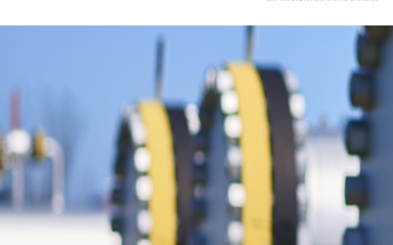
REN
H2RENGRID - Transport Network
The project is intended to develop the necessary repurposing of the national transmission network (RNTG) for blending of hydrogen into the natural gas streams. According to the current national legislation and regulation, the network has to be able to receive gas mixtures of hydrogen and natural gas with hydrogen content of 10% v/v until 2030. For the national transmission network (RNTG), the investments are split into pipelines and inspection programs, control systems, AGI (above ground installations) equipment and analysers and metering equipment.
Contact: Pedro.Morais@rengasodutos.pt
Snam, TAG, Eustream, NET4GAS, OGE
SunsHyne Corridor
SunsHyne Corridor is a strategic infrastructure initiative that will enable the transport of green hydrogen, mainly via repurposed pipelines, from production areas in North Africa to demand centres in Central Europe. Five leading European gas transmission system operators - Snam, TAG, Eustream, NET4GAS and OGE - are working together to implement till 2030 this important segment of 3400 km length of the European Hydrogen Backbone. The SunsHyne Corridor enables supply to high-demand centres in Central Europe all along the route.
Contact: karin.stehlik@net4gas.cz
Gas Networks Ireland
Hydrogen Integration
GNI is preparing for the integration of hydrogen into the existing natural gas system through the development of dedicated hydrogen networks at strategic clusters and the preparation of the existing network to accept blends of hydrogen. The Irish national hydrogen strategy published in July 2023 identifies that although blending of hydrogen and biomethane is unlikely to be an enduring end use for hydrogen produced in Ireland it could provide a route to market for the first phase of hydrogen production projects as well as recognising that hydrogen blends will enter Ireland through the interconnectors to Great Britain if the UK begin to blend into their natural gas network.
GTSOU, EUSTREAM, NET4GAS, OGE
The Central European Hydrogen Corridor (CEHC)
The Central European Hydrogen Corridor (CEHC) aims to create a hydrogen “highway“ in Central Europe for transporting hydrogen from major hydrogen supply areas in Ukraine to hydrogen demand clusters in Germany. The hydrogen corridor will also enable hydrogen transport between hydrogen production facilities and hydrogen consumers in the Czech Republic and Slovakia. With an initial technical capacity of 144 GWh/d, the project aims to transport green hydrogen as of 2030.
Contact: karin.stehlik@net4gas.cz
GASCADE, NET4GAS, OGE
The Czech German Hydrogen Interconnector (CGHI)
The vision of the Czech German Hydrogen Interconnector (CGHI) initiative is to create a hydrogen interconnector to connect high potential hydrogen supply areas in Northern Germany and Baltics with expected high demand clusters in the EU (predominantly in South Germany and North Bohemia). Additionally, it will also enable connection of local suppliers and consumers along the corridor.
Contact: karin.stehlik@net4gas.cz
